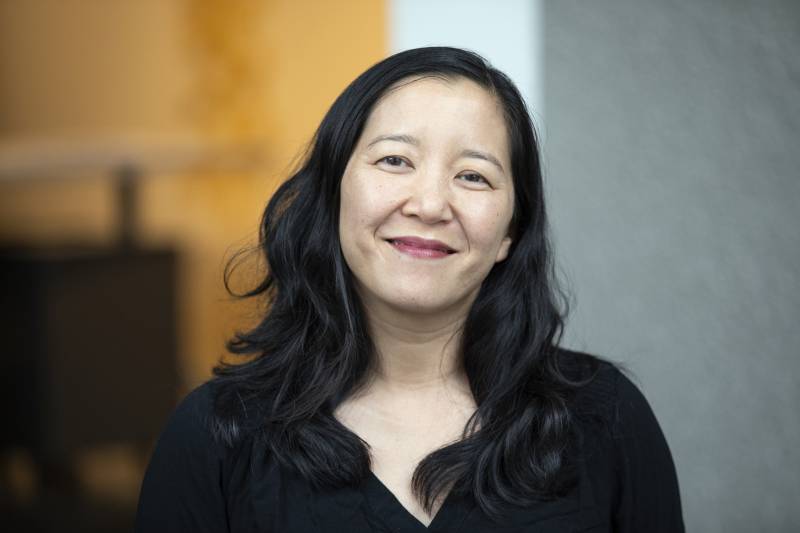After struggling to connect with her students, Aimee Phan found a literary approach that caught their attention.
When I first came to art school, I thought I knew what I was doing. I’d been teaching literature for six years at various state universities, where I assigned the stories and novels that inspired me to become a writer. I loved discussing the creative process with my students and finding new insights into both old and new literature.
While my art students were courageous and ambitious, with bold fashion choices and unique perspectives, they weren’t reading the books. Some of them hadn’t even bothered to buy them. Usually, it only took the threat of a bad grade to convince students to read. But art students were indeed a different breed.
They came here to make art, and needed a better reason to read. I’d been excited to teach at an art school. I’d be surrounded by other creative thinkers. I imagined the campus as a permanent artist residency, where I could find inspiration working alongside the painters, sculptors, illustrators, designers and architects.
While the campus was indeed an artistic haven, I learned that not everyone shared my belief that writing could be considered art, and reading could be a pleasure. Until I expanded my definition of literature. The first time I taught young adult literature at the California College of the Arts, my students not only brought the books, but read them ahead of the syllabus. Discussions felt exciting.
